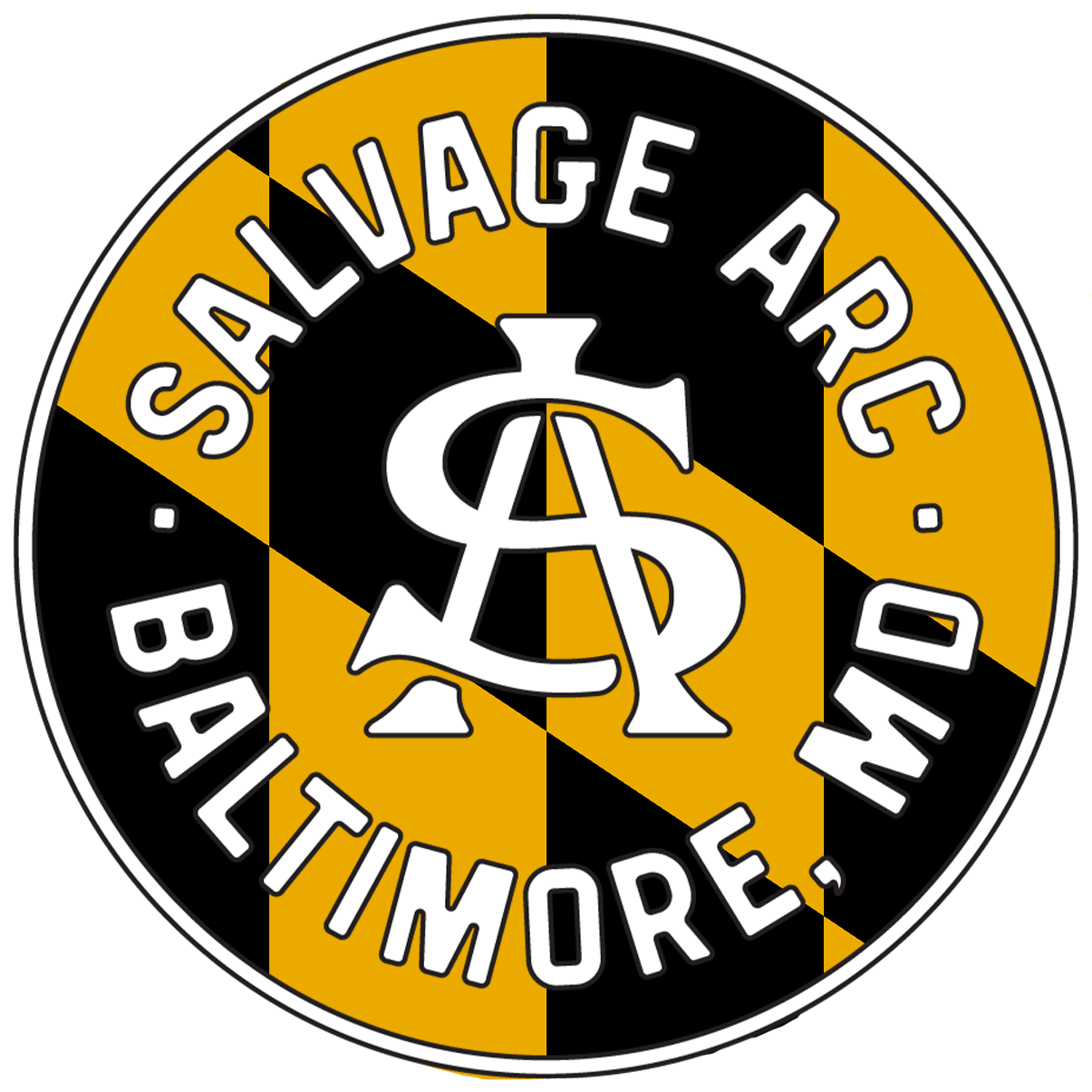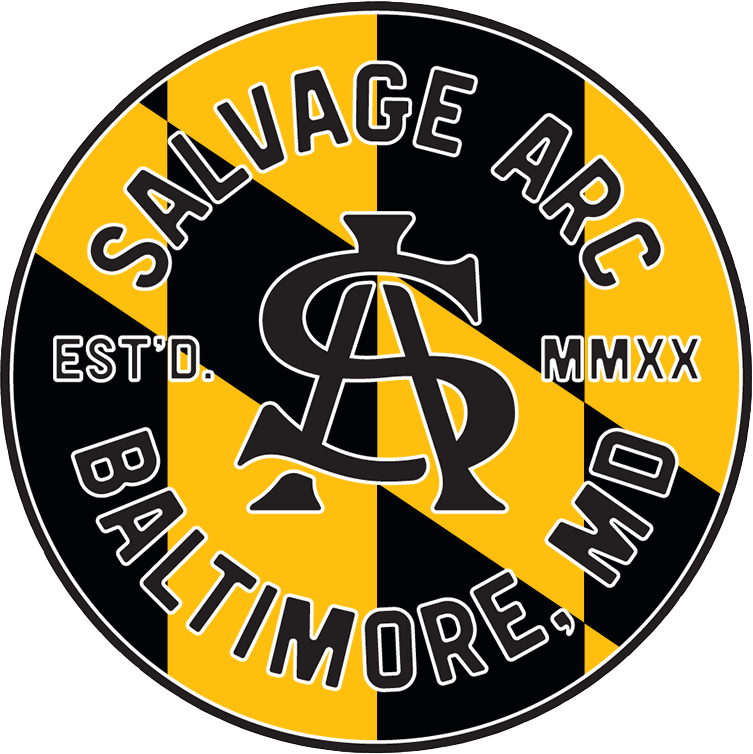The Story Of John Butler
Heinzerling & Co. Soda Bottle - c. The 1880s to 1890s
The Heinzerling & Co. was a beverage company based in Baltimore started by John Heinzerling. But this story isn't about John himself, or his son, John R. This story is about the man John R. witnessed being executed for a murder he may have been framed for.
At 7 pm on October 27th, 1900, Edward Stowman discovered the body of John H. Butler's ex-wife, Lavinia Butler, with her skull caved in on Bayner St. (just SW of M&T Bank Stadium). The bloody murder weapon, a cobblestone, lay nearby. Stowman alerted a passing patrolman, Harry Wester, about the body. Stowman also told police he saw a tall black man fleeing the scene.
The police quickly focused their investigation on the 40-year-old Butler, the president of the local McKinley, Roosevelt, and Schirm Colored Republican Club in Baltimore. Butler also sold two black published newspapers, the Colored American and the Defender.
After Butler's arrest, he was interrogated about the murder. He stated that he was at his friend George Jones's house at the corner of Dawson Alley (Otterbein St) and Ryan St. the night of the 27th. Butler also stated he believed he was being framed for the murder because he had spoken at a pro-black rally in the same neighborhood a few weeks earlier and was a positive influence on the black residents of Baltimore. All the other speakers at that rally had been intimidated not to speak, but Butler wasn't going to be silenced.
The only evidence against Butler was circumstantial, and Butler had a solid alibi about where he was that night. But this didn't matter to the judge or white jury. The City of Baltimore rushed Butler's trial, and he was convicted of 1st-degree murder on December 12th, 1900. John H. Butler was sentenced to death by hanging at Baltimore City Jail. The Supreme Bench of Baltimore City would overrule a new trial motion on June 7th, 1901. The court would set his execution date for August 23rd, 1901.
During his time in jail, Butler's only visitor was Reverend John F. Wagner. Wagner counseled Butler and tried to get him to confess multiple times in hopes of getting him sentenced to life instead of death. But Butler maintained his innocence and wouldn't change his story.
After learning his sentence, Butler was placed in cell 16 on Murderer's Row at Baltimore City Jail. Butler's mental and physical health deteriorated rapidly. He was in such poor health that the City of Baltimore was worried he wouldn't be able to stand up for his execution. The death warrant for Butler stated he would be carried to the gallows and sat in a chair with a rope around his neck. When the gallows trap door was released, he and the chair would fall through it.
On August 21st, the Baltimore Sun reported that Butler was deemed fit enough to stand for his upcoming hanging that Friday. And on Thursday the 22nd, the gallows were tested with a bag of sand. The Sun reported the gallows worked perfectly and would be ready for Butler’s execution on Friday.
Rev. Wager visited Butler at 7 pm on Thursday and had the following conversation with him.
Wager: "Did you kill your wife? You know this is your last day on earth, and you had better tell the truth."
Butler: "No, I did not kill her. Had I done so, I would have told you a long time ago."
On Friday, August 23rd, 1901, at 9:40 am, Butler was walked from cell 16 at Baltimore City jail to the North Yard, where the gallows and a crowd awaited him. As he stood on the gallows, Baltimore City Sheriff Schwatka asked if he has anything to say.
Butler replied, "I have nothing to say, except that I am innocent."
At 9:56 am, Sheriff Schwatka pulled the lever to the gallows' trap door, and John H. Butler dropped through them. Butler's heart stopped beating at 10:03 am. Sheriff Schwatka left Butler hanging till 10:21 am.
Butler was buried within hours of his execution at the Sharp Street Congregation Cemetery in the Westport neighborhood of Baltimore, Maryland.
John R. Heinzerling was one of the many Baltimore City residents called to be a witness of John H. Butler's execution.
Butler was survived by two sons, Edward and Robert, 13yo and 18yo. They lived with their aunt on Ward St. in SW Baltimore after their father’s execution.


